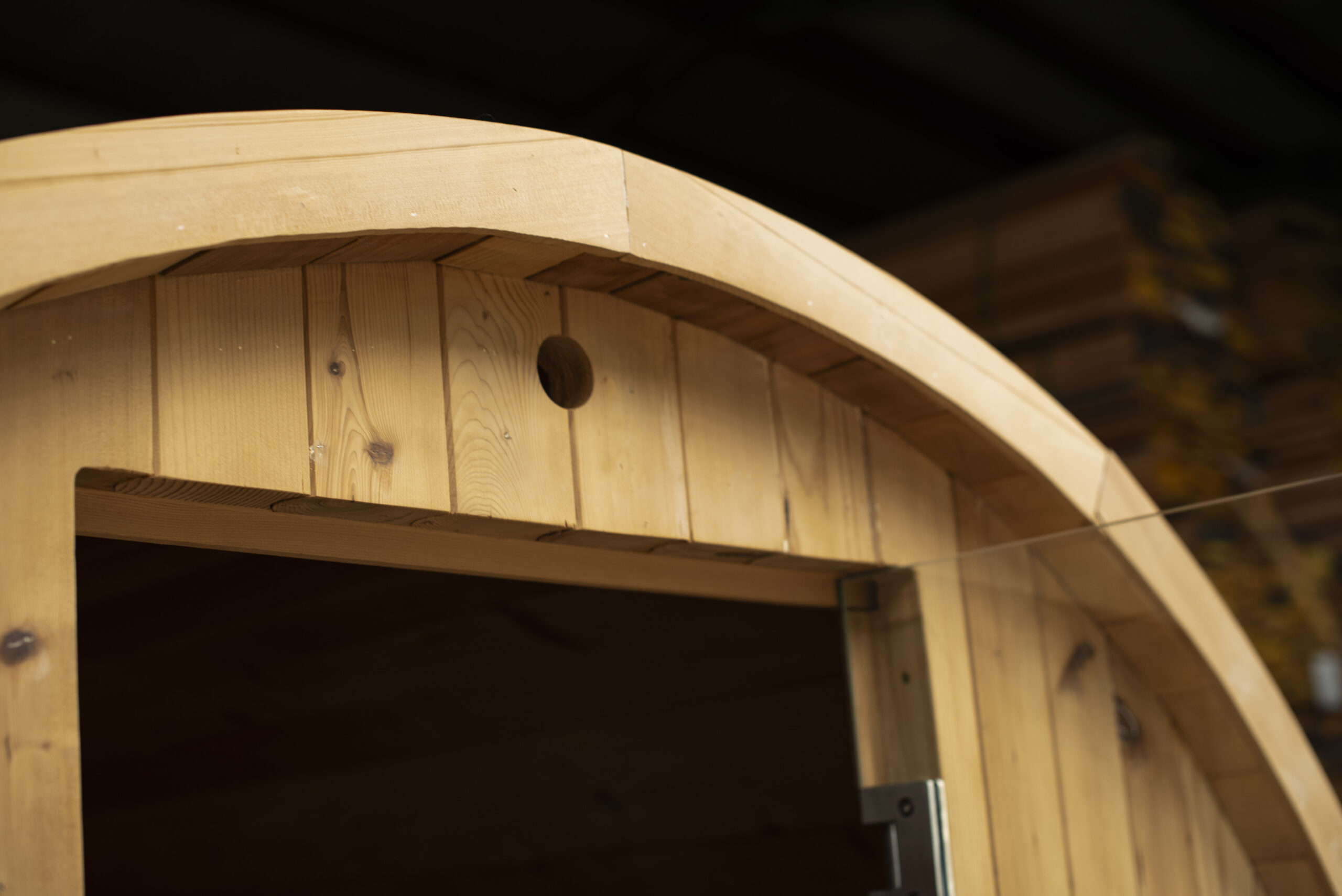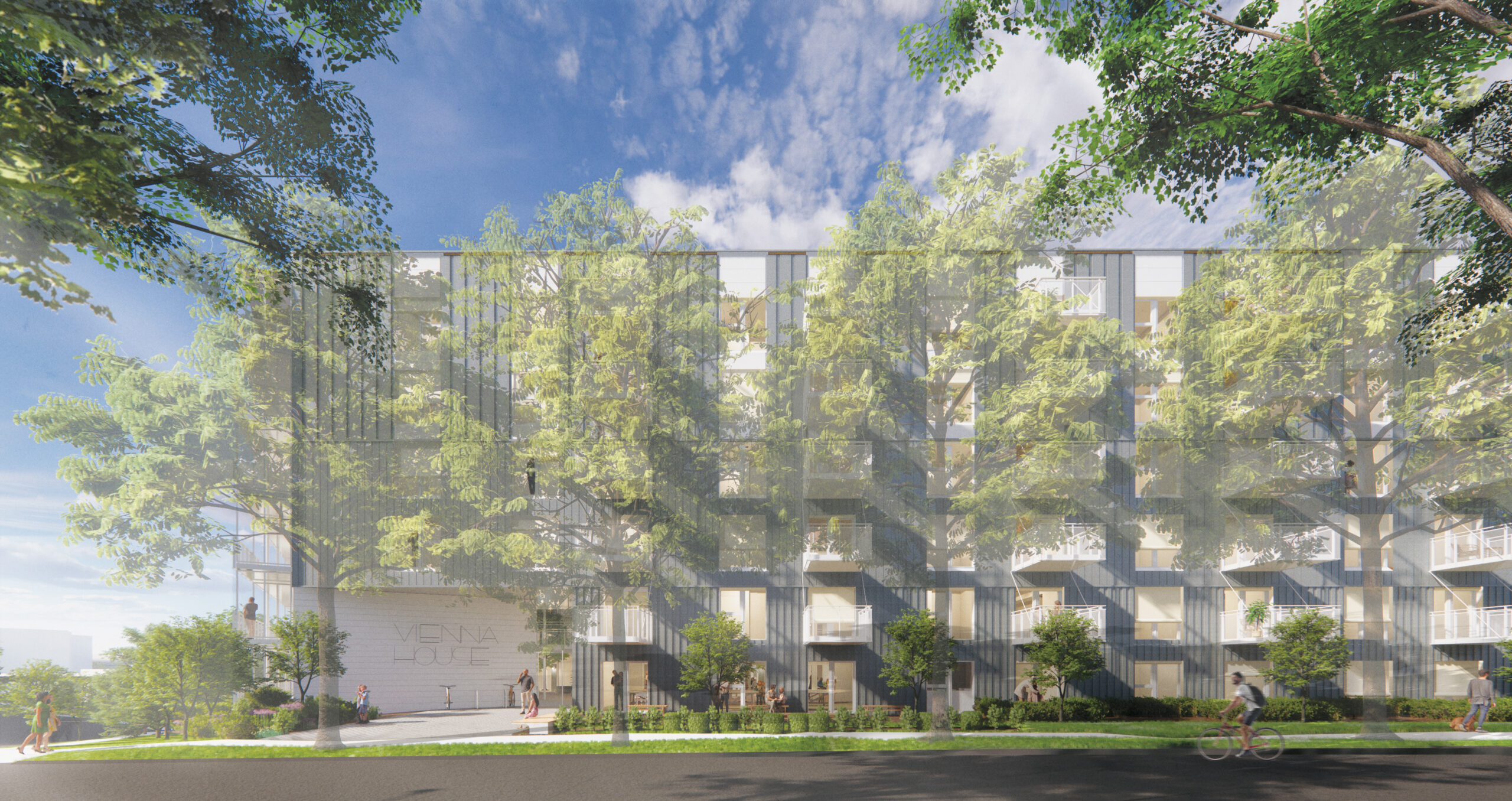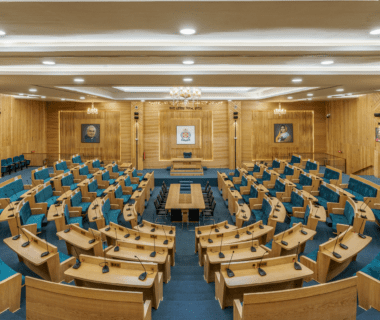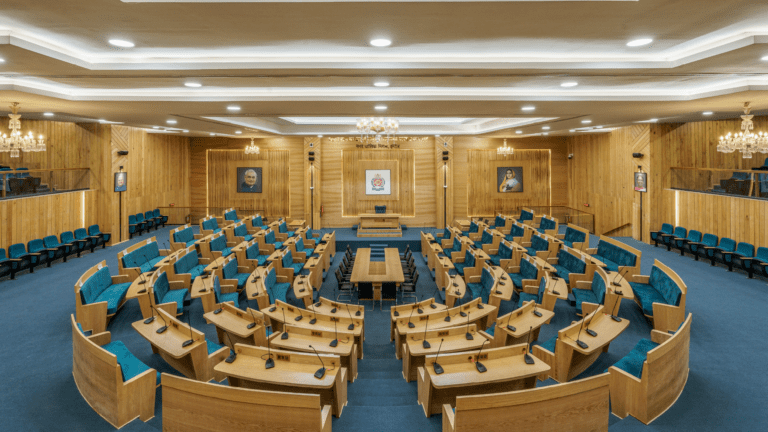Demonstration projects are used to showcase the possibilities for wood construction in China. Through advanced design and engineering techniques, signature projects can show, in the most realistic possible way, that wood is equal, if not superior to other building systems.
Initially, these projects were sponsored by Canada Wood’s technical program. As Chinese developers and governments gained confidence and expertise in building with wood, they began incorporating advanced wood techniques and mass timber into their own commercially led signature projects, such as showcase homes in housing developments and conference centres.
While no longer needing to initiate or lead demonstration work in China, Canada Wood now provides technical assistance for many commercially developed projects. This support helps with complex engineering and regulatory hurdles, and promotes the many advantages of B.C. wood products and wood construction techniques. This growing confidence in using wood is one of the most significant accomplishments of the market development program in China—evidenced by high-level code changes such as an update in 2017 to allow for 5-storey wood buildings.
Guangyang Island International Convention Center
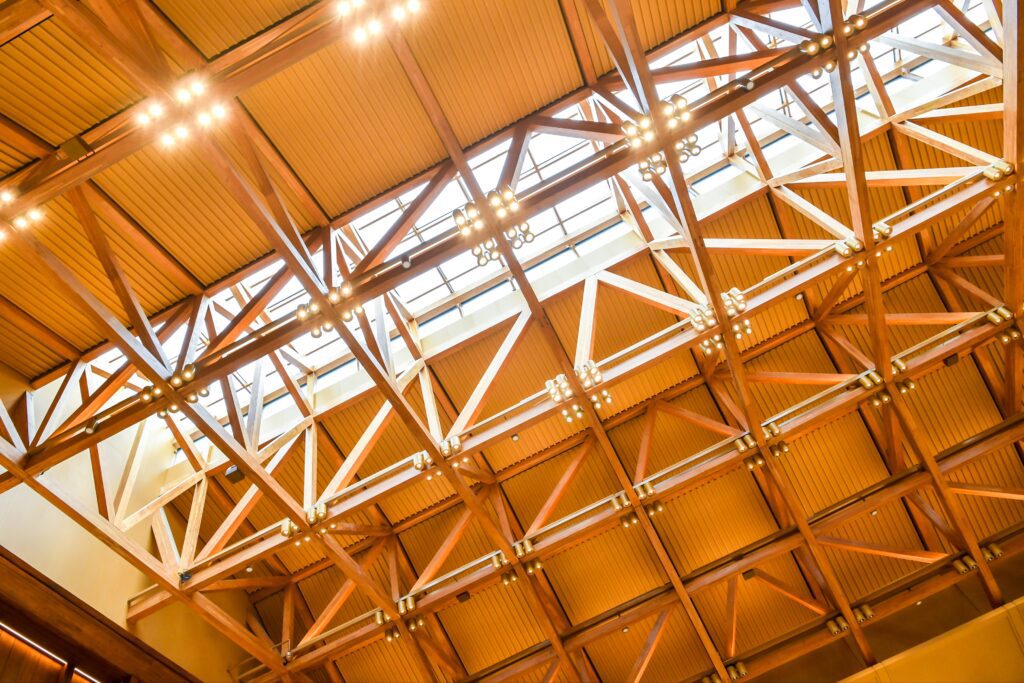
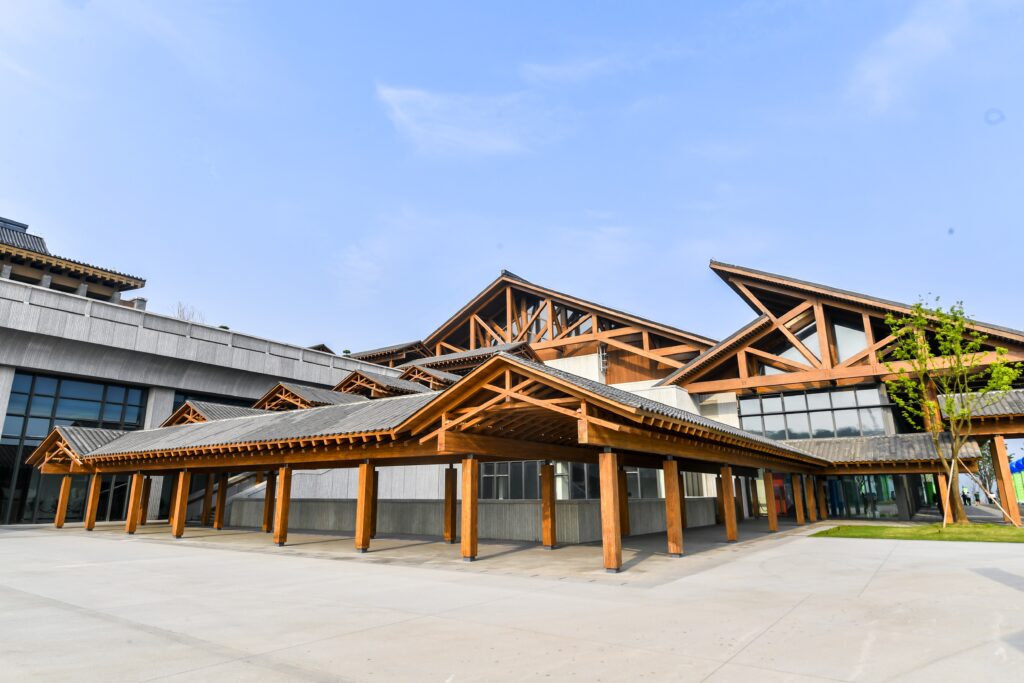
Guangyang Island International Convention Center | Photos: Canada Wood
More than 4,500 cubic metres of Canadian Douglas-fir was used to construct this international conference center, featuring a no-main-light design (specific lighting based on use, rather than broad, overhead lighting) and a super-span timber structure. The project used low-impact construction to avoid environmental damage to the local countryside.
Concept home promotes wood-frame construction for rural homes
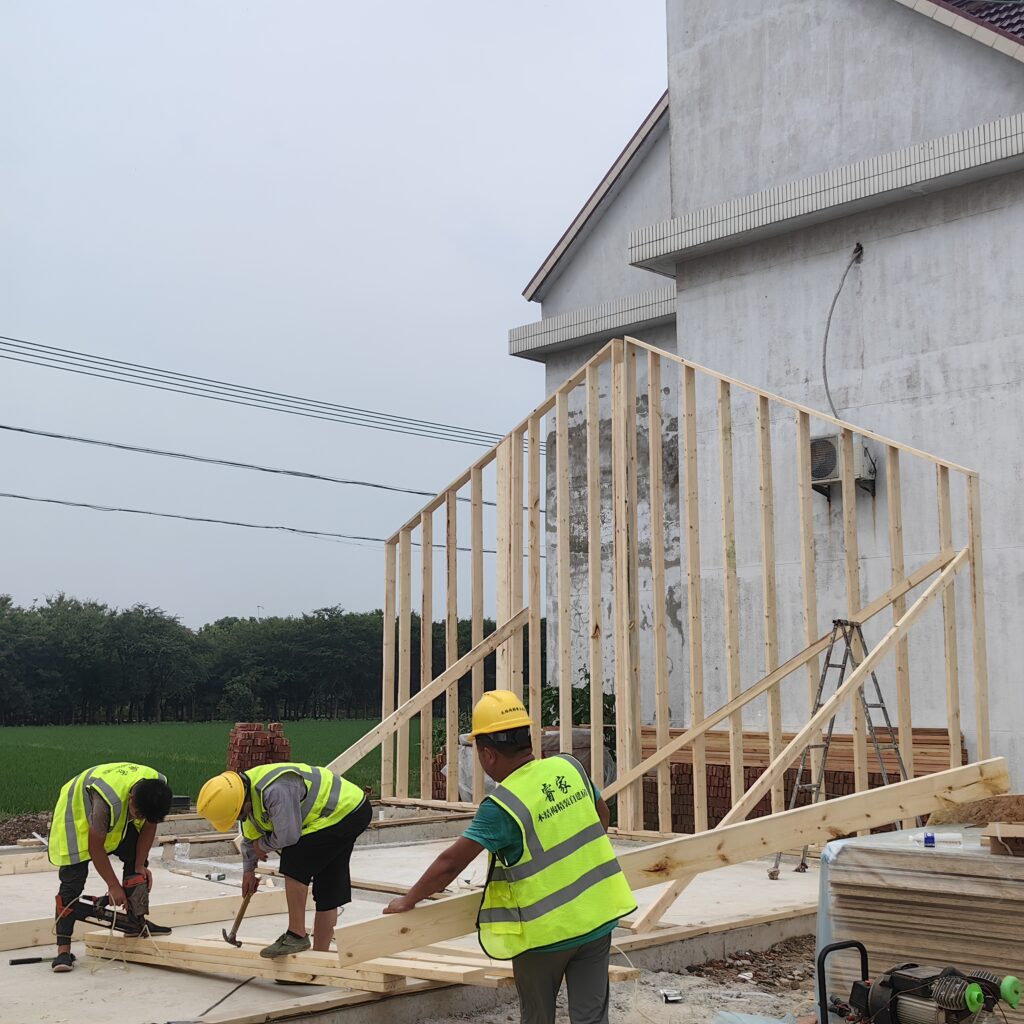
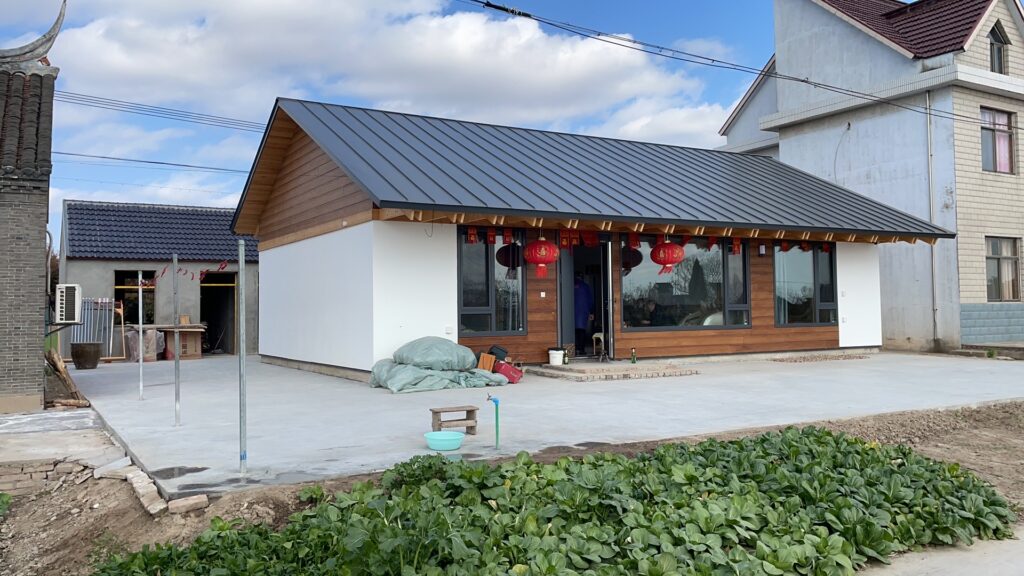
Photos: Canada Wood
The need to increase urban density is a reason often used by Chinese developers to choose concrete over wood-frame construction for residential housing projects. In rural areas, where density is less of an issue, other factors work to wood’s advantage, including aesthetic appeal, cost, construction speed and a lower environmental footprint.
To demonstrate the potential of wood-frame construction in China’s rural housing market, Shanghai Green Architects Ltd designed a 94-squaremetre demonstration house, using lumber donated from Canfor. Rural housing is a potentially large market, as the Chinese government has introduced programs to replace and modernize aging, and often unsafe, rural homes. The scope of the policy is enormous, as it covers housing on more than 11 million hectares of land.
The developer is now promoting the home to buyers and local officials, as well as conducting further reviews on the cost and viability of the design. Canada Wood continues to collaborate with the firm on the project.
Office building showcases mass timber appeal
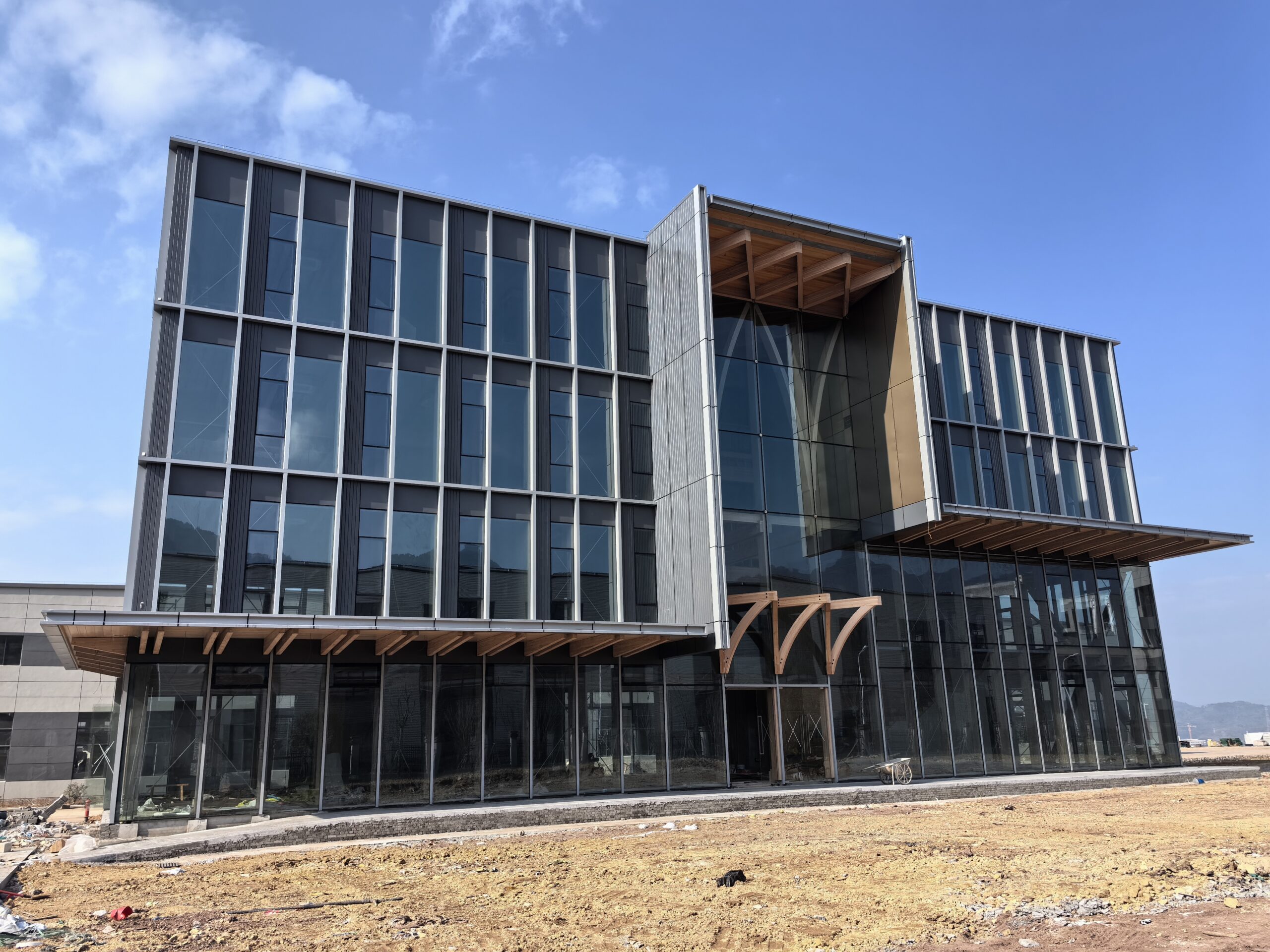
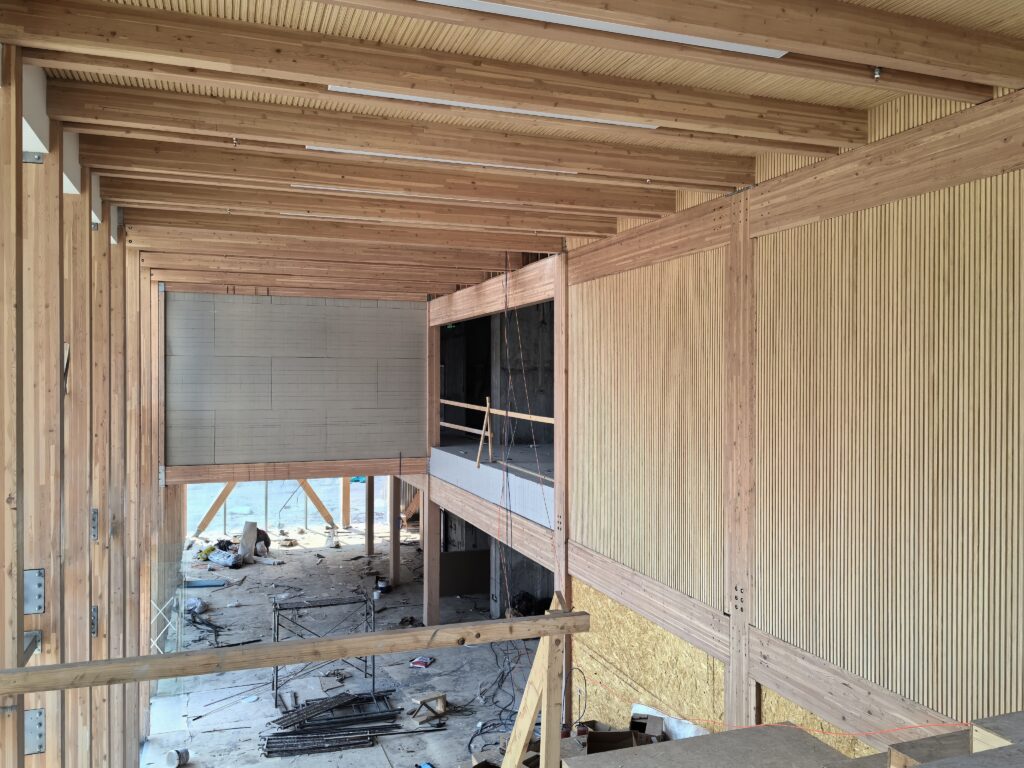
Mass timber office building near Shanghai | Photos: Canada Wood
An office building now under construction is showcasing the growing appeal of mass timber–concrete hybrid structures in China. The 4-storey building is built from a mass timber framework on a concrete core. B.C. Douglas-fir glue-laminated timber (glulam) posts and beams make up the structure of the building, along with spruce-pine-fir roof and floor systems manufactured from Canadian lumber. The use of glulam and other wood finishings combines an economical building design with a highly attractive interior and façade.
The 2,175-square-metre building, in Zhejiang, is being used by Lishui Yuanli Green Tech, a glulam manufacturer in Zhejiang, to showcase its projects and design expertise. Canada Wood was a key partner throughout the concept development, design, engineering and on-site construction of the building.
